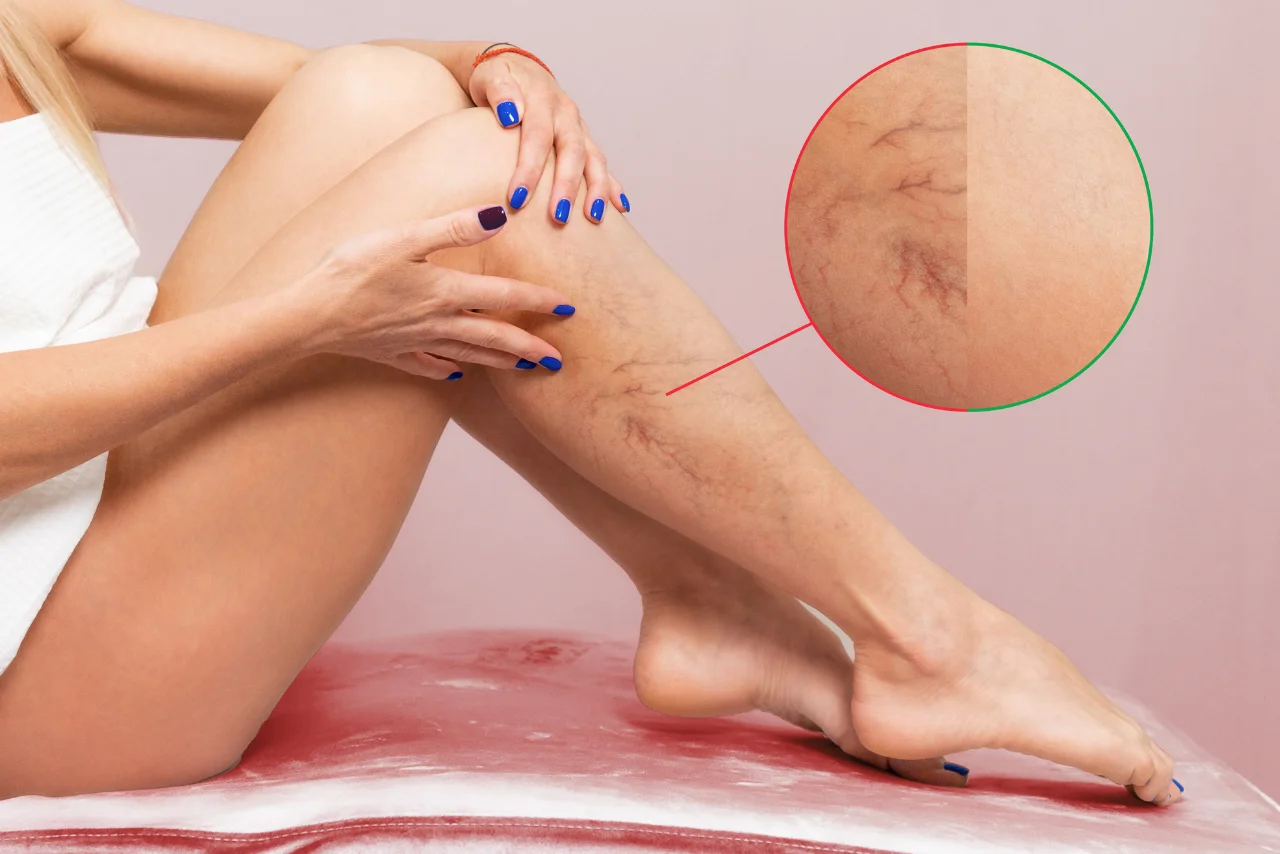Venous disease refers to a range of conditions affecting your veins, which play a crucial role in circulating blood throughout your body. At Tristate Vein Specialists, we specialize in diagnosing and treating venous diseases to help restore your leg health and improve your quality of life.

Venous disease encompasses any condition that impairs the function of the veins, the blood vessels responsible for returning oxygen-poor blood from your limbs back to the heart. The veins contain valves that prevent blood from flowing backward, helping to maintain proper circulation. When these valves become damaged or weakened due to various factors, it can lead to blood pooling, causing uncomfortable symptoms and potential complications.
There are several types of venous disease, including:
Venous disease affects millions of people, with estimates indicating that over 30 million Americans suffer from some form of venous condition.
The symptoms of venous disease can vary based on the specific condition, but often include:
Recognizing these venous disease symptoms is essential for timely diagnosis and treatment.
Venous disease can result from various factors, including:
Understanding the causes of venous disease can help you take preventive measures and seek appropriate treatment. For expert insight and evaluation, contact us today!
Diagnosis begins with a thorough medical history and physical examination conducted by our expert team. Additional diagnostic tests may include:
A timely and accurate venous disease diagnosis is critical for developing an effective treatment plan.
At Tristate Vein Specialists, we offer a variety of venous disease treatment options tailored to each patient’s needs. Treatment may include:
In severe cases, surgical interventions may be necessary:

If you are experiencing symptoms of venous disease, it’s essential to act quickly. Contact Tristate Vein Specialists to schedule a consultation. Our dedicated team is here to provide expert care and a comprehensive treatment plan tailored to your needs.

We utilize advanced, minimally invasive treatment methods for optimal outcomes.
Our dedicated team is focused on delivering exceptional results.
We prioritize your comfort and well-being throughout your treatment journey.




